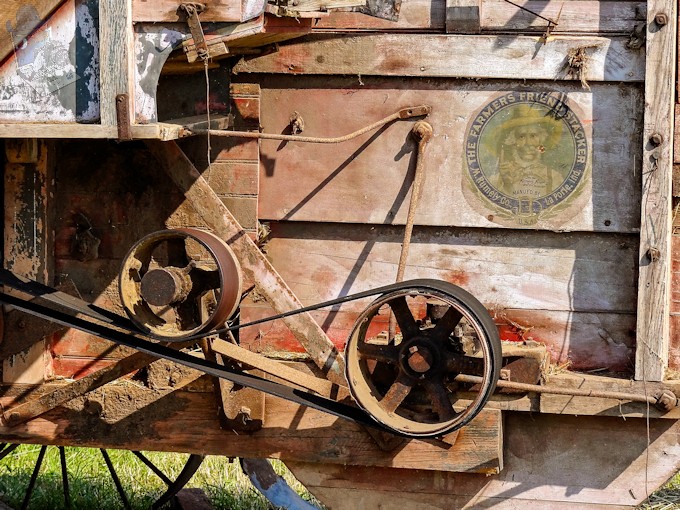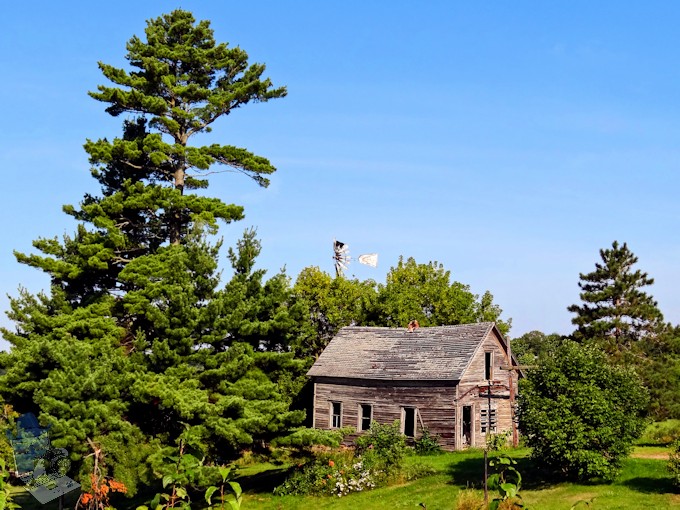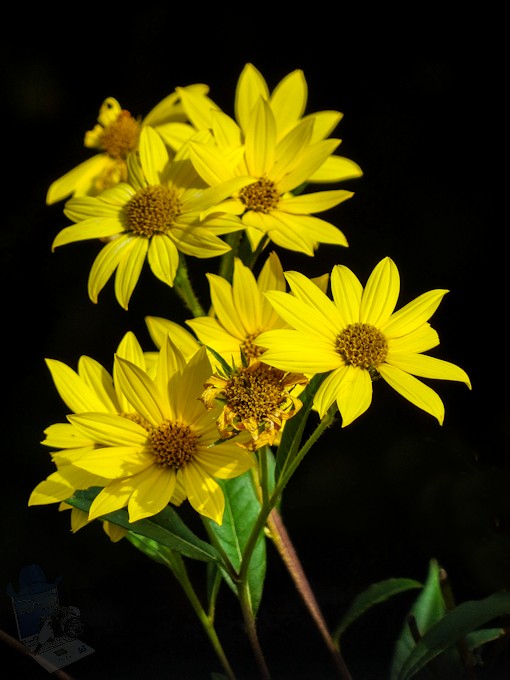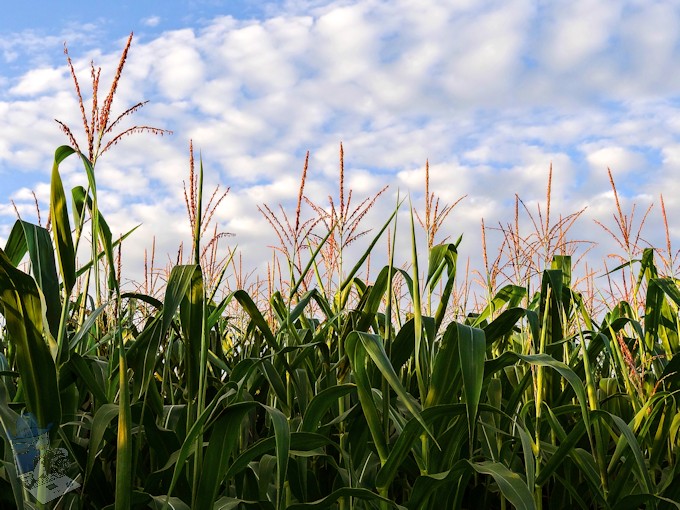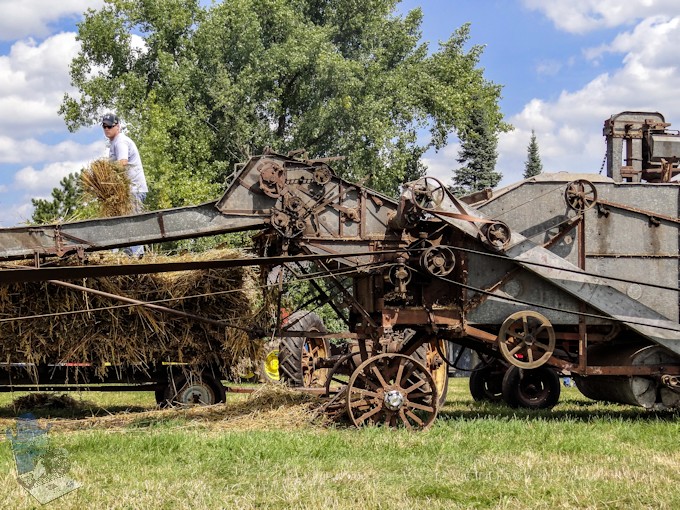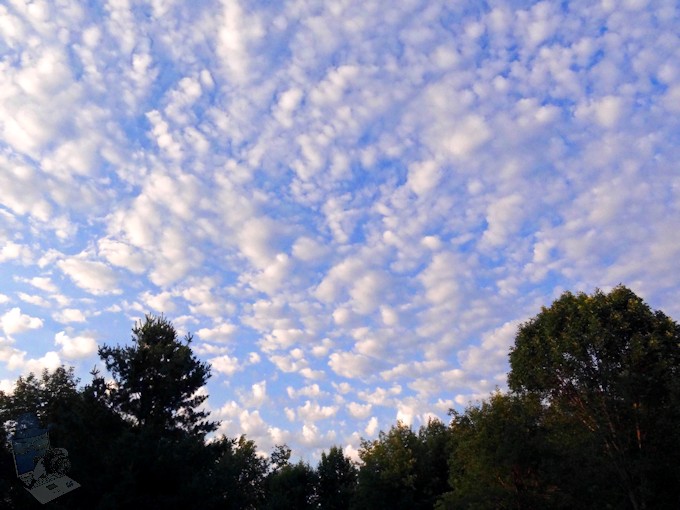This grain thresher was a M. Rumely Company. The M. & J. Rumely Co. became the M. Rumely Co., and then the Advance Rumely Co. The Allis-Chalmers Company acquired the business in 1931.
The logo on the side says The Farmers Friend Stacker on the top circle and M. Rumely Co, La Porte, Ind. in the Manufacturer line. In the small print inside the circle it states “It’s the Farmers Friend and no mistake”
Excerpt from ‘MACHINES OF PLENTY’, By Stewart H. Holbrook (Chapter Nine-Page 105)
‘WHEN JEROME CASE died, Stephen Bull, his brother-in-law, became president of the Threshing Machine Company. During his regime the concern introduced a single crank self-feeder for threshers that eliminated both the feeders and band cutters of threshing crews. Because the self-feeder increased the amount of straw entering the machine, it called for more labor at the other end, where the threshed straw came out. This labor in turn was reduced by an endless conveyor stacker, which swung from side to side of the threshing machine as the straw moved away from it.
‘Even the conveyor stacker, however, several men were required to swing the stacker every little while and to stack the straw. An inventor named J. J. Buchanan soon came out with a patented wind stacker operated by a fan that forced a blast of air through a big pipe. Seldom has a new invention been so successful from its introduction as the wind stacker. It blew the threshed straw high and far in the air to fall and make a pile. Stacking was eliminated.
‘Not only farmers and the makers of farm machinery recognized at once the great improvement of the wind stacker. It was also recognized as such by a group of Hoosier lawyers who bought Buchanan’s patent rights, formed the Indiana Manufacturing Company, and set out to license actual manufacturers who wanted to add wind stackers to their threshing machines. This amounted to virtually everybody in business, including the Case Company. The new device was called the Farmer’s Friend Stacker. The concerns licensed to make it agreed to sell it at a fixed price, or $250. Of this amount, $30 went to the Indiana lawyers as royalty.
A Farmer’s Friend


